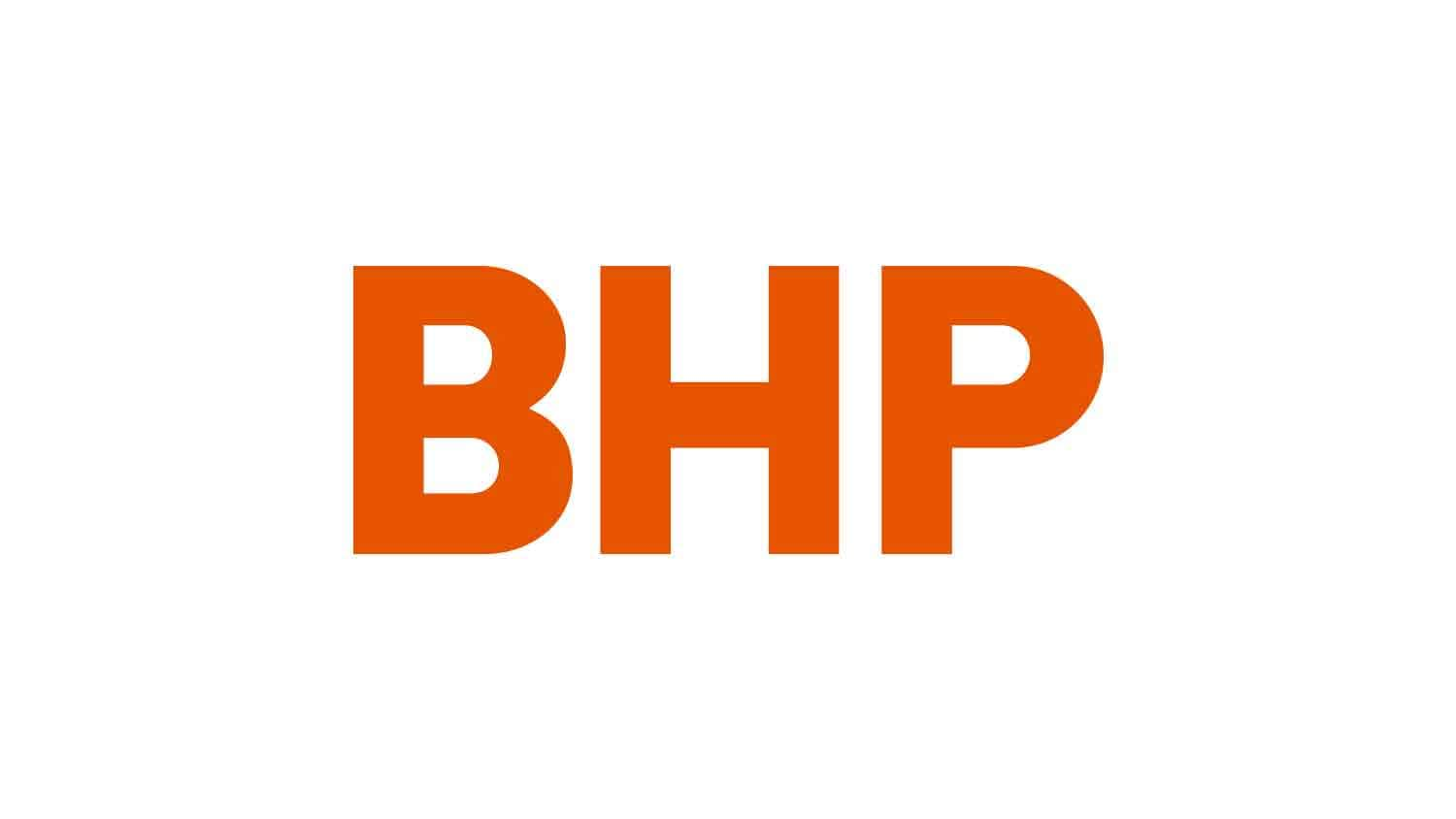Goldman Sachs Reinstates BHP Group with a Neutral Rating

- Goldman Sachs analyst Paul Young reinstated BHP Group with a Neutral rating and a price target of $49, indicating a potential downside from its current trading price.
- The ongoing government-mediated talks to avert a strike at BHP's Spence copper mine are critical for maintaining uninterrupted operations and could significantly impact global copper prices.
- BHP's stock performance and market valuation are closely watched by investors, with its current price reflecting the market's assessment of the company's value amidst operational challenges.
On Wednesday, June 5, 2024, Goldman Sachs analyst Paul Young reinstated NYSE:BHP, a leading global mining company, with a Neutral rating and set a price target of $49. This announcement came at a time when BHP's stock was trading at $58.62, suggesting a potential downside of approximately 16.41% from the target price. BHP Group, known for its significant contributions to the mining sector, especially in commodities like copper, iron ore, and coal, plays a pivotal role in the global supply chain of these essential materials.
The timing of Goldman Sachs' rating is particularly noteworthy as BHP and the union representing workers at its Spence copper mine in Chile are on the brink of government-mediated talks. These discussions, aimed at averting a strike, are critical for BHP to maintain uninterrupted operations at one of its key copper mines. The outcome of these talks is not only vital for BHP's production capabilities but could also have a broader impact on copper prices worldwide, affecting the company's financial performance and stock valuation.
BHP's current stock price of $58.62, which has seen a slight increase of $0.55 or approximately 0.95%, reflects the market's ongoing assessment of the company's value in light of these developments. The stock's performance, with a year-to-date fluctuation between a low of $54.28 and a high of $69.11 and a market capitalization of about $148.52 billion, underscores the company's significant presence in the mining sector. The trading volume of 2,448,458 shares indicates active investor interest in BHP's financial health and operational stability.
The potential strike at the Spence copper mine and the subsequent government-mediated talks are crucial events that investors and analysts, including those from Goldman Sachs, are closely monitoring. These developments could influence BHP's ability to meet its production targets and affect its overall financial health. The Neutral rating by Goldman Sachs, with a price target that suggests a downside, may reflect concerns about these operational challenges and their possible impact on BHP's future performance.
As BHP navigates through these talks with the union, the company's ability to avert a strike and ensure steady operations at the Spence copper mine will be key factors influencing its stock price and market valuation. Investors and market watchers will be keenly observing the outcome of these discussions, given their potential to impact BHP's production capabilities and, by extension, the global copper market.
| Symbol | Price | %chg |
|---|---|---|
| CUAN.JK | 2370 | -1.69 |
| RIO.BA | 12600 | -0.4 |
| BRMS.JK | 1025 | -6.34 |
| UNTR.JK | 25900 | 1.45 |

BHP Group Ltd (NYSE:BHP) Faces Challenges but Remains Optimistic
- Earnings per share of $1.72 fell short of the estimated $1.99, while revenue slightly surpassed expectations at $25.18 billion.
- A 23% decrease in underlying attributable profit to $5.1 billion, primarily due to weak iron ore prices and China's economic slowdown.
- Despite challenges, CEO Mike Henry is optimistic about recovery signs in China's property sector and strong demand for BHP's products.
BHP Group Ltd, listed on the NYSE:BHP, is a leading global resources company. It is involved in the exploration, production, and processing of minerals, oil, and gas. BHP competes with other major mining companies like Rio Tinto and Vale. On February 17, 2025, BHP reported earnings per share of $1.72, which fell short of the estimated $1.99. However, the company's revenue for the period was $25.18 billion, slightly surpassing the estimated $25.01 billion.
Following the earnings announcement, BHP shares declined due to a significant drop in profit and a reduction in its dividend, as highlighted by weak iron ore prices. The miner reported a 23% decrease in underlying attributable profit, which fell to $5.1 billion. This decline is attributed to the weakening of China's economy, a key market for BHP's products.
Despite these challenges, BHP's CEO, Mike Henry, remains optimistic. He notes that there are "green shoots" in China's property sector, suggesting potential recovery. He also emphasizes that demand for BHP's products remains strong, even amidst global economic and trade uncertainties. This optimism is crucial for investor confidence, especially given the company's current financial metrics.
BHP's financial ratios provide insight into its market valuation and financial health. The company has a price-to-earnings (P/E) ratio of approximately 33.28, indicating the price investors are willing to pay for each dollar of earnings. Its price-to-sales ratio stands at about 2.33, reflecting the market's valuation of its revenue. Additionally, BHP's enterprise value to sales ratio is around 2.47, showing the company's total value compared to its sales.
The enterprise value to operating cash flow ratio is approximately 6.73, suggesting how well BHP can generate cash from its operations relative to its total value. With an earnings yield of about 3.00%, BHP provides a return on investment from its earnings. The debt-to-equity ratio is 0.45, indicating a moderate level of debt compared to its equity. Lastly, BHP has a current ratio of approximately 1.70, suggesting it has a good ability to cover its short-term liabilities with its short-term assets.

BHP Group Ltd (NYSE:BHP) Faces Challenges but Remains Optimistic
- Earnings per share of $1.72 fell short of the estimated $1.99, while revenue slightly surpassed expectations at $25.18 billion.
- A 23% decrease in underlying attributable profit to $5.1 billion, primarily due to weak iron ore prices and China's economic slowdown.
- Despite challenges, CEO Mike Henry is optimistic about recovery signs in China's property sector and strong demand for BHP's products.
BHP Group Ltd, listed on the NYSE:BHP, is a leading global resources company. It is involved in the exploration, production, and processing of minerals, oil, and gas. BHP competes with other major mining companies like Rio Tinto and Vale. On February 17, 2025, BHP reported earnings per share of $1.72, which fell short of the estimated $1.99. However, the company's revenue for the period was $25.18 billion, slightly surpassing the estimated $25.01 billion.
Following the earnings announcement, BHP shares declined due to a significant drop in profit and a reduction in its dividend, as highlighted by weak iron ore prices. The miner reported a 23% decrease in underlying attributable profit, which fell to $5.1 billion. This decline is attributed to the weakening of China's economy, a key market for BHP's products.
Despite these challenges, BHP's CEO, Mike Henry, remains optimistic. He notes that there are "green shoots" in China's property sector, suggesting potential recovery. He also emphasizes that demand for BHP's products remains strong, even amidst global economic and trade uncertainties. This optimism is crucial for investor confidence, especially given the company's current financial metrics.
BHP's financial ratios provide insight into its market valuation and financial health. The company has a price-to-earnings (P/E) ratio of approximately 33.28, indicating the price investors are willing to pay for each dollar of earnings. Its price-to-sales ratio stands at about 2.33, reflecting the market's valuation of its revenue. Additionally, BHP's enterprise value to sales ratio is around 2.47, showing the company's total value compared to its sales.
The enterprise value to operating cash flow ratio is approximately 6.73, suggesting how well BHP can generate cash from its operations relative to its total value. With an earnings yield of about 3.00%, BHP provides a return on investment from its earnings. The debt-to-equity ratio is 0.45, indicating a moderate level of debt compared to its equity. Lastly, BHP has a current ratio of approximately 1.70, suggesting it has a good ability to cover its short-term liabilities with its short-term assets.







